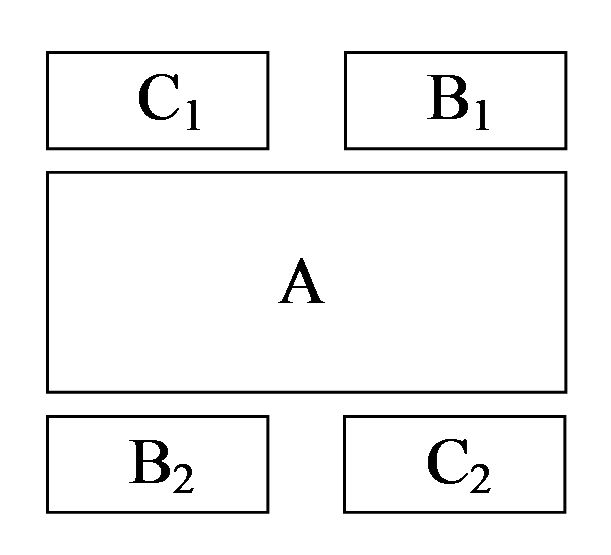
Overview of correlations, Horace Odes I:1 and III:2
John Bjarne Grover
In the ode
A = mid four lines
B = field immediately before or after (on 1 line)
C = field immediately preceding or following B

A = 3rd secret of Fatima
B1 = computer glitsch #1 ('oppidi')
B2 = computer glitsch #2 ('spernit')
C1 = Moses 1-5-6 ('mercator metuens otium')
i) logically and
ii) phonetically: mortals repeat one satem = english/latin
C2 = Moses 1-7-11 ('membra sub arbuto / stratus')
i) logically ZUM → CULTURE
ii) phonetically: latin/hebrew correlation (arbat etc)
A = Diziani in SS.Apostoli
B1 = i) computer glitsch #2 ('fugacem persequitur virum')
ii) Rigveda 1-33-2 for cycle 4 for DDS #78 (logically)
B2 = i) computer glitsch #1 ('nec sumit aut ponit')
ii) Rigveda 1-3-2 cycle 4 for DDS #111 (logically)
C1 = i) computer glitsch #1 ('dulce et decorum est pro patria mori:
/ mors ')
ii) Rigveda cycles 1,2,3,5 for DDS #78
C2 = i) computer glitsch #2 ('securis / arbitrio popularis aurae')
ii) Rigveda cycles 1,2,3,5 for DDS #111
Rigveda 1-3-2 cycle 4 for DDS #111 tells
'gir' = speech, voice, addressing, swallowing
= the transubstantiation theme of catholicism/protestantism
for the uncatholic issue whether Jesus = ex nihilo matter like the lapis philosophorum
Glitsch #1 can be seen to be concerned with the fundamental theorem of logic since it introduces an element of non-equiprobability and hence principly semantic value.
Glitsch #1 = ...1966, 1966, 1968...
Glitsch #2 = ZUM → CULTURE
See the comments under 'Some political observations': The theory which could be extended here goes also that B1, B2, C1 and C2 can be compared with the four laryngeals of Saussure's theory (originally his was three) on proto-indoeuropean - in which case A will be the gullet through which the biscuit glides in the holy communion - the locus of the catholic transubstantiation.
In the present analysis, this transubstantiation would be constituted by the conversion from ABS = #111 (Diziani) to REL = #78 (Fatima) - see also the comments on the 'Trinity'. The question arises how this takes shape? It is possible to segment even the A of Ode III:2 into parts that follow the secret of Fatima reasonably well - which means that there could be a conversion mechanism contained there. Is this conversion mechanism 'the same' as the catholic transubstantiation?
See Diziani's artwork - how it is possible to consider it an image of this oral tract down the gullet - where Jesus is standing, making sense of his wording in the Last Supper. It is also possible to see the artwork as depicting a skull.
Historically:
1)
ABS = Rigveda
REL = Moses
2)
ABS = Horace
REL = Jesus
Sources:
St.Augustine: Confessions. Vols.I-II. Translated 1631 by W.Watts. Loeb Classical Library. Harvard University Press, Cambridge, Massachusetts 1977. (Internet source pages 278-279, pages 280-281, pages 282-283).
Diziani, G.: Gaspare Diziani's 'Virgin with child' in Chiesa dei SS. Apostoli in Venice (with source of reproduction)
Horatius Flaccus, Q.: Ode I:1
Horatius Flaccus, Q.: Ode III:2
Lucia, Sister: The three secrets of Fatima. In english translation on http://www.vatican.va/roman_curia/congregations/cfaith/documents/rc_con_cfaith_doc_20000626_message-fatima_en.html.
© John Bjarne Grover
On the web 10 october 2023